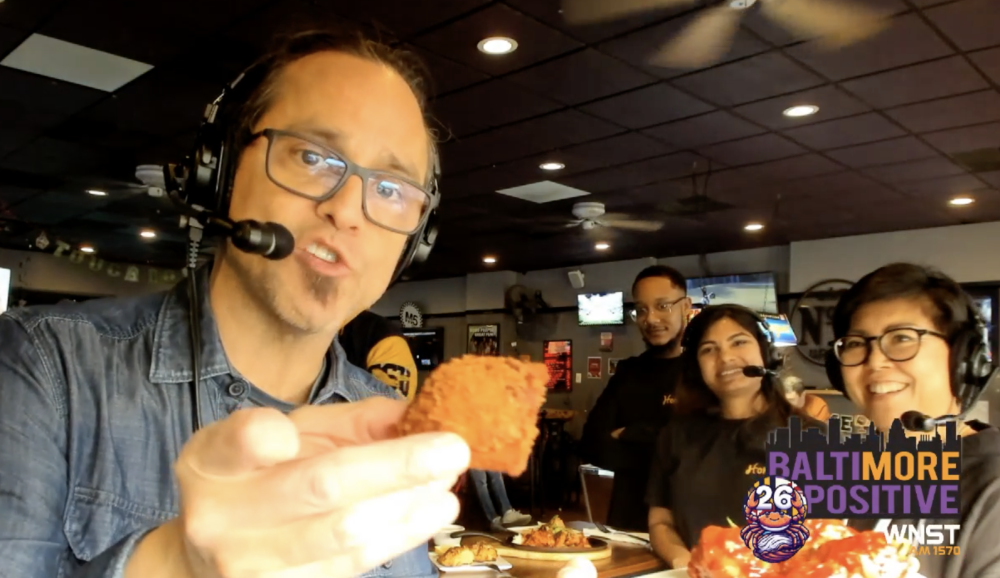Is it a science? Is it an art? Or is it a crapshoot?
The Ravens are always trying to gamble as little as possible by having the most intelligence and vital information before the last weekend of April each year.
o o o
After taking Flacco in the first round of the 2008 NFL Draft, there was almost a giddiness in the Ravens War Room, but there was more work to be done and the wheeling and dealing by Newsome had yet to begin in earnest.
While on the clock with the 38th pick, Newsome dealt it to Seattle for the 55th & 89th picks. New Ravens offensive coordinator Cam Cameron was enamored with Indiana wide receiver James Hardy, who was chosen by the Buffalo Bills at No. 41, but Newsome saw more value down the line in a diminutive junior running back from a surprisingly competitive 2007 Rutgers team named Ray Rice.
The Ravens already had Willis McGahee, and Cameron voiced concerns that Rice’s size would cause him to wear down with too many carries, but the scouts loved everything about the spark plug from New Rochelle, New York. Besides, no coach wants to see a player drafted at a position where he feels there’s already a clear starter.
New running backs coach Wilbert Montgomery, who had a fantastic career as an NFL ball carrier for the Philadelphia Eagles and had played in a Super Bowl as a player and won one as a coach on Dick Vermeil’s staff in St. Louis with Marshall Faulk, knew what kind of multi-purpose weapon Rice would be in a diverse offense with Flacco.
Rice won over the Ravens coaches and scouts at the combine in Indianapolis two months earlier with an infectious personality and poise that belied his age and background. Everyone loved his water bug style and his ability in open space with speed, quickness and a low center of gravity.
But the energy he brought into sometimes sleepy, timid interviews at night in Indianapolis caught everyone’s attention with the Ravens.
“There was a light shining off the kid from the minute you met him,” DeCosta said. “You wanted to hug the kid at the combine and take him home. He was a kid you wanted to have in your building every day.”
The first thing you notice about Ray Rice is his size. He’s so, well, small…
At least that’s the first thing you think when you see him stand next to an offensive lineman. The road to the Hall of Fame is littered with smaller running backs – Emmitt Smith, Barry Sanders, Walter Payton – none of these guys are over 5-foot-10, but all worked on their elusiveness and had a toughness about their size that belied logic given the size of the men who tackled them.
“Coming out, I was told I wasn’t fast enough, strong enough, definitely wasn’t tall enough,” said Rice, who was listed at 5-foot-8, 192 pounds on draft day. “I couldn’t run. I couldn’t jump high. I couldn’t do a lot of stuff. That’s been the story of my life.”
The negatives on his NFL.com combine profile say it all: Obvious size concerns. … Lacks prototype breakaway speed, especially for a runner of his size. … Physical blocker, but simply lacks the size to consistently hold up against NFL pass rushers.



























